A

B
C

D


E
F
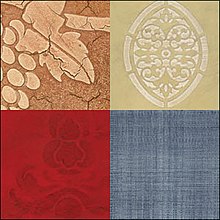
G

H
I
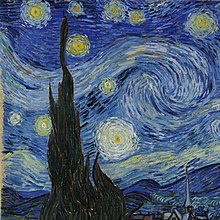
J
K
L
M

N
O
P
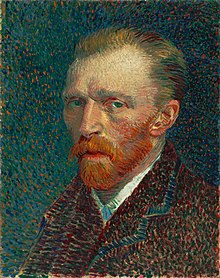
Q
R
S
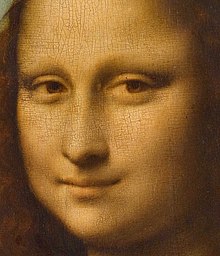
T
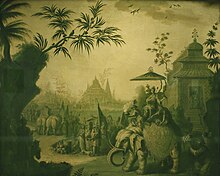
U
V
W

Types of art techniques There is no exact definition of what constitutes art. Artists have explored many styles and have used many different techniques to create art. [1] [2] [3]













Drawing is a visual art that uses an instrument to mark paper or another two-dimensional surface. The instrument might be pencils, crayons, pens with inks, brushes with paints, or combinations of these, and in more modern times, computer styluses with graphics tablets.

Oil painting is a painting method involving the procedure of painting with pigments with a medium of drying oil as the binder. It has been the most common technique for artistic painting on canvas, wood panel or copper for several centuries, spreading from Europe to the rest of the world. The advantages of oil for painting images include "greater flexibility, richer and denser colour, the use of layers, and a wider range from light to dark". But the process is slower, especially when one layer of paint needs to be allowed to dry before another is applied.

Printmaking is the process of creating artworks by printing, normally on paper, but also on fabric, wood, metal, and other surfaces. "Traditional printmaking" normally covers only the process of creating prints using a hand processed technique, rather than a photographic reproduction of a visual artwork which would be printed using an electronic machine ; however, there is some cross-over between traditional and digital printmaking, including risograph.
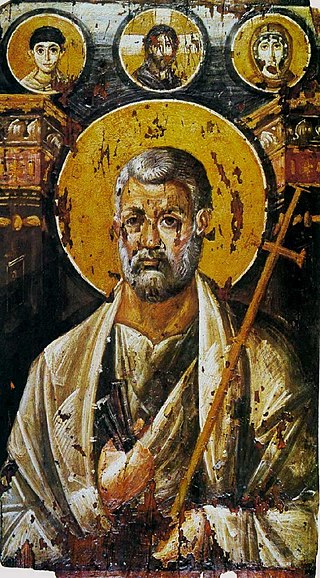
Encaustic painting, also known as hot wax painting, is a form of painting that involves a heated wax medium to which colored pigments have been added. The molten mix is applied to a surface—usually prepared wood, though canvas and other materials are sometimes used. The simplest encaustic medium could be made by adding pigments to wax, though recipes most commonly consist of beeswax and damar resin, potentially with other ingredients. For pigmentation, dried powdered pigments can be used, though some artists use pigmented wax, inks, oil paints or other forms of pigmentation.
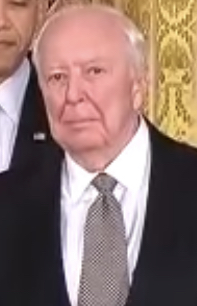
Jasper Johns is an American painter, sculptor, draftsman, and printmaker. Considered a central figure in the development of American postwar art, he has been variously associated with abstract expressionism, Neo-Dada, and pop art movements.

In European academic traditions, fine art is made primarily for aesthetics or creative expression, distinguishing it from decorative art or applied art, which also has to serve some practical function, such as pottery or most metalwork. In the aesthetic theories developed in the Italian Renaissance, the highest art was that which allowed the full expression and display of the artist's imagination, unrestricted by any of the practical considerations involved in, say, making and decorating a teapot. It was also considered important that making the artwork did not involve dividing the work between different individuals with specialized skills, as might be necessary with a piece of furniture, for example. Even within the fine arts, there was a hierarchy of genres based on the amount of creative imagination required, with history painting placed higher than still life.

Non-photorealistic rendering (NPR) is an area of computer graphics that focuses on enabling a wide variety of expressive styles for digital art, in contrast to traditional computer graphics, which focuses on photorealism. NPR is inspired by other artistic modes such as painting, drawing, technical illustration, and animated cartoons. NPR has appeared in movies and video games in the form of cel-shaded animation as well as in scientific visualization, architectural illustration and experimental animation.

Hatching is an artistic technique used to create tonal or shading effects by drawing closely spaced parallel lines. When lines are placed at an angle to one another, it is called cross-hatching. Hatching is also sometimes used to encode colours in monochromatic representations of colour images, particularly in heraldry.
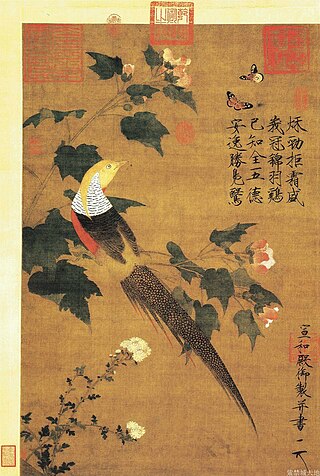
Gongbi is a careful realist technique in Chinese painting, the opposite of the interpretive and freely expressive xieyi style.

Line engraving is a term for engraved images printed on paper to be used as prints or illustrations. The term is mainly used in connection with 18th- or 19th-century commercial illustrations for magazines and books or reproductions of paintings. It is not a technical term in printmaking, and can cover a variety of techniques, giving similar results.

The following outline is provided as an overview of and topical guide to the visual arts:

Terrain cartography or relief mapping is the depiction of the shape of the surface of the Earth on a map, using one or more of several techniques that have been developed. Terrain or relief is an essential aspect of physical geography, and as such its portrayal presents a central problem in cartographic design, and more recently geographic information systems and geovisualization.

Cerography or glyphography is a printmaking technique related to engraving, using a layer of wax over a metal substrate. After the image is engraved into the wax, a positive plate is produced through stereotyping or electrotyping. This plate can be used with conventional letterpress equipment.

Painting is a visual art, which is characterized by the practice of applying paint, pigment, color or other medium to a solid surface. The medium is commonly applied to the base with a brush, but other implements, such as knives, sponges, and airbrushes, can be used.

In the visual arts, texture refers to the perceived surface quality of a work of art. It is an element found in both two-dimensional and three-dimensional designs, and it is characterized by its visual and physical properties. The use of texture, in conjunction with other design elements, can convey a wide range of messages and evoke various emotions.

The visual arts are art forms such as painting, drawing, printmaking, sculpture, ceramics, photography, video, filmmaking, comics, design, crafts, and architecture. Many artistic disciplines, such as performing arts, conceptual art, and textile arts, also involve aspects of the visual arts as well as arts of other types. Also included within the visual arts are the applied arts, such as industrial design, graphic design, fashion design, interior design, and decorative art.
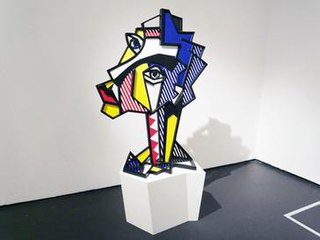
Expressionist Head by pop artist Roy Lichtenstein is the name associated with several 1980s works of art. It is widely associated with a set of six identical sculptures but is also associated with a series of paintings.

A colored pencil, coloured pencil, map pencil, pencil crayon, or coloured/colouring lead is an art medium constructed of a narrow, pigmented core encased in a wooden cylindrical case. Unlike graphite and charcoal pencils, colored pencils' cores are wax- or oil-based and contain varying proportions of pigments, additives, and binding agents. Water-soluble (watercolor) pencils and pastel pencils are also manufactured as well as colored cores for mechanical pencils.

The conservation and restoration of paintings is carried out by professional painting conservators. Paintings cover a wide range of various mediums, materials, and their supports. Painting types include fine art to decorative and functional objects spanning from acrylics, frescoes, and oil paint on various surfaces, egg tempera on panels and canvas, lacquer painting, water color and more. Knowing the materials of any given painting and its support allows for the proper restoration and conservation practices. All components of a painting will react to its environment differently, and impact the artwork as a whole. These material components along with collections care will determine the longevity of a painting. The first steps to conservation and restoration is preventive conservation followed by active restoration with the artist's intent in mind.
{{cite book}}: CS1 maint: multiple names: authors list (link) CS1 maint: numeric names: authors list (link)